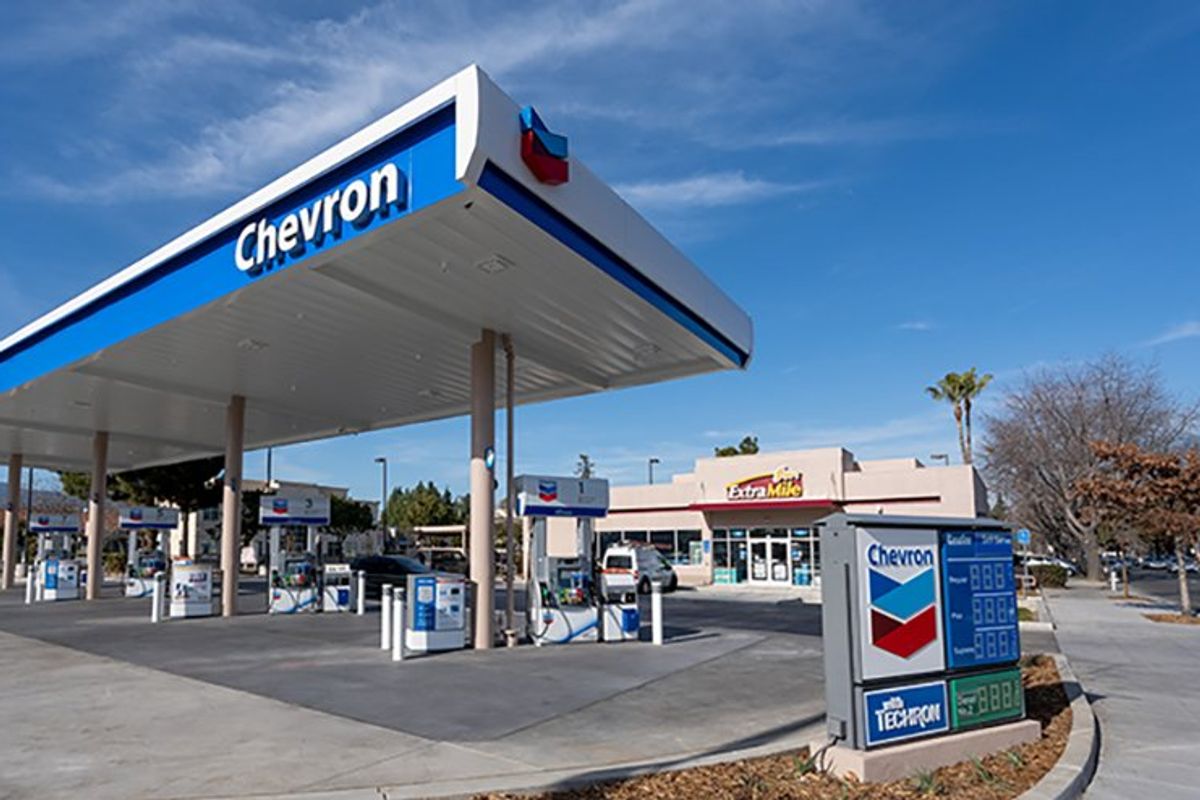How this Houston business leader is promoting diversity, nimbleness amid energy transition
voices of energy
For most of her career, Ana Amicarella has been the only person in the room who looks like her. But as CEO of Houston-based EthosEnergy, she's changing that.
"The energy sector for sure is highly dominated by men, but I think it's such an exciting environment," Amicarella says on the Houston Innovators Podcast. "What I try to do at every job that I go to is I try to increase representation — diverse representation and females in the company. And I measure that when I started and when I end. I want to be able to make a difference."
Amicarella joined EthosEnergy — which provides rotating equipment services and solutions to the power, oil and gas, and industrial markets — as CEO in 2019 a few years after it was in 2014 as a joint venture between John Wood Group PLC and Siemens Energy AG. Prior to her current role, she served in leadership roles at Aggreko an GE Oil and Gas.
Recently, EthosEnergy announced it's being acquired by New York private equity firm, One Equity Partners, which Amicarella says is very interested in investing into EthosEnergy and its ability to contribute to the energy transition.
"What One Equity Partners will bring is tremendous decisiveness. They won't delay in deciding what is good for the company — I've already seen examples," Amicarella says, adding that the deal hasn't get been finalized. "They are going to make decisions and trust the management team, I think our pace of change will be enormous compared to what it used to be."
While EthosEnergy has customers from traditional oil and gas, she says she leads the company with the energy transition at the top of her mind, and that means being able to grow and evolve.
"One of the behaviors we look to have at EthosEnergy is an ability to be nimble," Amicarella says, "because we know market conditions change. Think of all the things we've had to go through in the last five years."
———
This article originally ran on InnovationMap.











